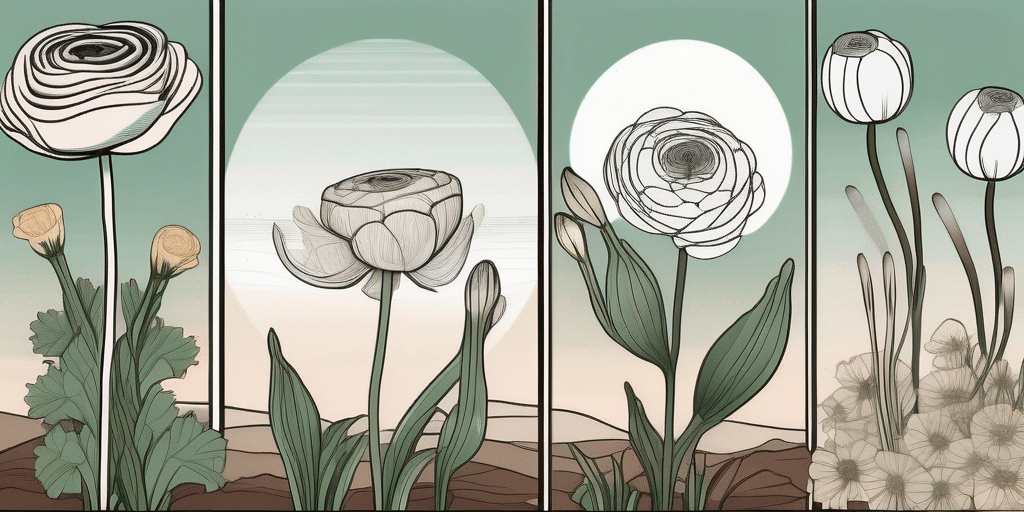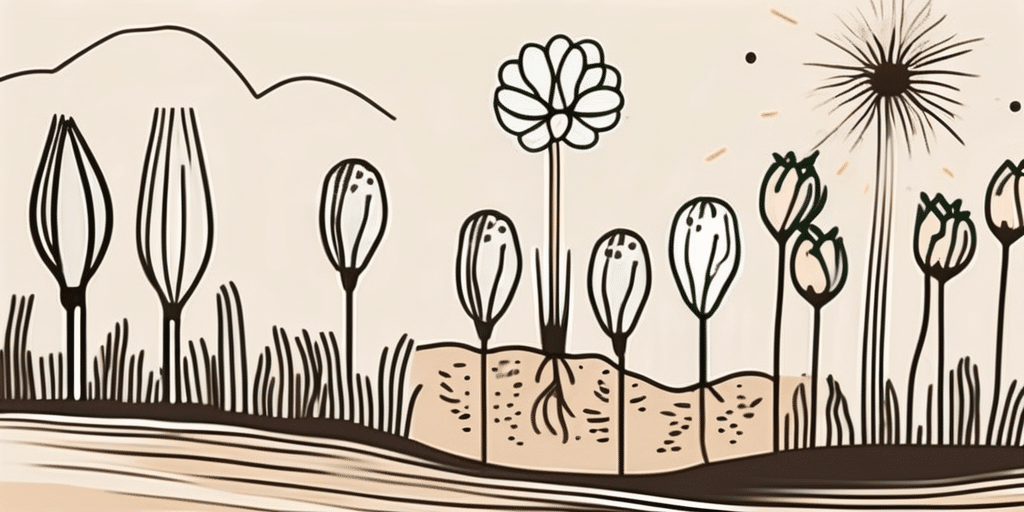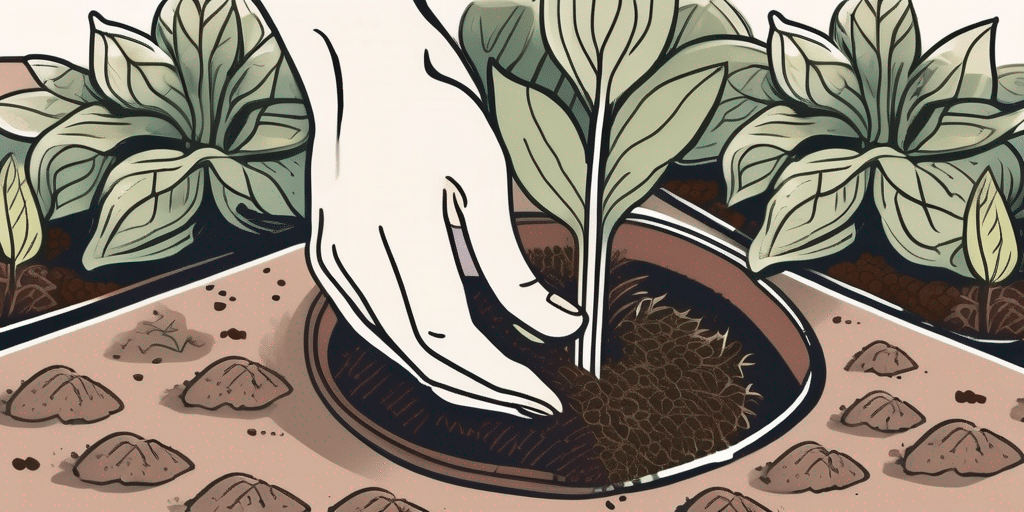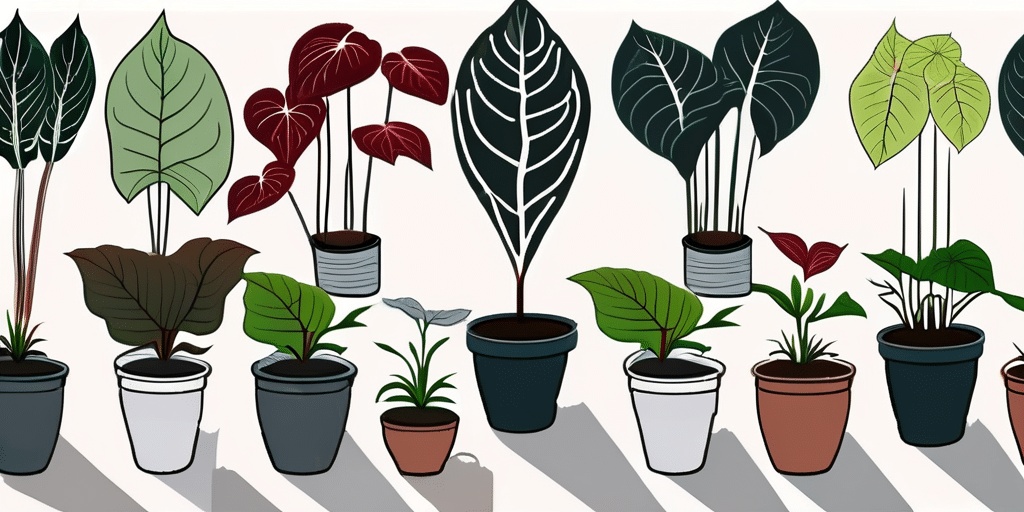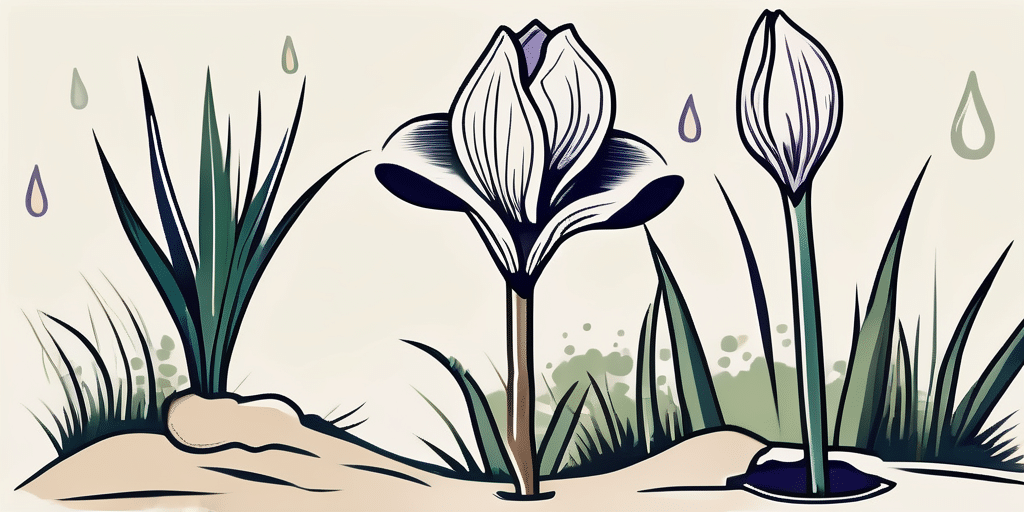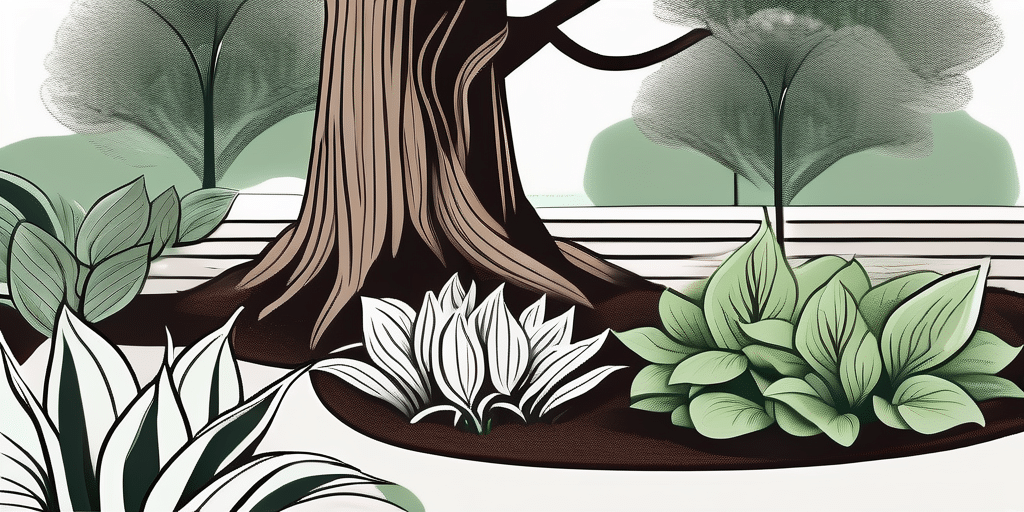In this ultimate guide, we will explore everything you need to know about hydrangeas. From their fascinating history to tips for growing and maintaining these beautiful flowers, we’ve got you covered. So, grab your gardening gloves and let’s dive into the world of hydrangeas!
Understanding Hydrangeas
Before we delve into the practical aspects of growing and caring for hydrangeas, let’s take a moment to understand the basics.
The History of Hydrangeas
Hydrangeas have a rich history that dates back centuries. They were first discovered in Japan and brought to Europe in the 18th century. These captivating flowers became popular due to their lush blooms and ability to change color based on soil conditions.
Hydrangeas have also been featured in various works of art throughout history, symbolizing different themes such as beauty, abundance, and gratitude. Artists have been inspired by the unique structure and colors of hydrangea blooms, incorporating them into paintings, sculptures, and even poetry.
Different Types of Hydrangeas
Hydrangeas come in a variety of types, each with its own unique characteristics. From the classic mophead hydrangeas to the delicate lacecap varieties, there’s a hydrangea for every garden. Understanding the different types will help you choose the perfect hydrangea for your landscape.
Some lesser-known types of hydrangeas include the oakleaf hydrangea, which features large, oak-shaped leaves that turn vibrant shades of red and purple in the fall. Another unique variety is the climbing hydrangea, which can be trained to grow vertically on walls or trellises, adding a touch of elegance to any outdoor space.
The Symbolism of Hydrangeas
Did you know that hydrangeas hold special meanings in different cultures? In Japan, they represent gratitude, while in Western cultures, they symbolize heartfelt emotion. Discover the fascinating symbolism behind these stunning flowers.
In addition to gratitude and heartfelt emotion, hydrangeas are also associated with abundance and prosperity in some cultures. The full, round shape of hydrangea blooms is often seen as a symbol of unity and togetherness, making them a popular choice for wedding bouquets and floral arrangements during celebrations of love and harmony.
Growing Hydrangeas
Now that we have a solid understanding of hydrangeas, let’s move on to the practical details of growing these beauties.
Hydrangeas are fascinating plants that come in a variety of colors and shapes, adding a touch of elegance to any garden. Understanding the nuances of their growth can help you cultivate a stunning hydrangea display that will be the envy of all your neighbors.
Ideal Soil Conditions for Hydrangeas
Hydrangeas thrive in certain soil conditions, and getting the soil just right is essential for their health and vitality. Learn about the ideal pH levels, soil moisture, and amendments to create the perfect environment for your hydrangeas.
It’s important to note that hydrangeas prefer well-draining soil that is rich in organic matter. Adding compost or aged manure to your soil can improve its structure and fertility, providing a nutrient-rich base for your hydrangeas to flourish. Additionally, maintaining a consistent soil moisture level is key, as hydrangeas don’t like to sit in waterlogged soil.
Sunlight and Watering Requirements
Proper sunlight and watering are crucial for the overall well-being of your hydrangeas. Understanding their specific needs will help you provide the right care. We’ll discuss the ideal amount of sunlight and watering routine for your hydrangeas.
Hydrangeas generally prefer a balance of sunlight and shade. While they need some sunlight to bloom beautifully, too much direct sun can scorch their delicate petals. Aim to provide your hydrangeas with morning sun and afternoon shade for optimal growth. When it comes to watering, hydrangeas like to be kept consistently moist but not waterlogged. A deep watering once or twice a week, depending on the weather conditions, is usually sufficient.
Seasonal Care for Hydrangeas
Hydrangeas require different care during different seasons. From spring pruning to winter protection, we’ll guide you through the seasonal tasks to keep your hydrangeas healthy and blooming year after year.
As the seasons change, so do the needs of your hydrangeas. In spring, it’s important to prune your hydrangeas to remove dead wood and encourage new growth. Summer is the time to enjoy the beautiful blooms, but also to monitor water levels and provide some shade during hot afternoons. Fall is when you can prepare your hydrangeas for the colder months by mulching around the base to protect their roots. And in winter, consider covering your hydrangeas with burlap or a protective cloth to shield them from harsh weather conditions.
Propagating Hydrangeas
Now that your hydrangeas are flourishing, you might want to expand your collection or share these beautiful flowers with friends and family. Let’s explore different methods of propagating hydrangeas.
Hydrangeas are versatile plants that can be propagated through various methods, allowing you to create more stunning blooms in your garden. In addition to cuttings and layering, you can also propagate hydrangeas through division or even by seed, each method offering its own unique set of challenges and rewards.
Propagation through Cuttings
Propagating hydrangeas through cuttings is a popular and relatively easy method. We’ll guide you through the step-by-step process to ensure success in growing new plants from cuttings.
To propagate hydrangeas through cuttings, it’s essential to choose healthy stems from the current season’s growth. By carefully selecting the right cuttings and providing them with the proper care and environment, you can increase your chances of successfully propagating these beloved flowers.
Propagation through Layering
Layering is another effective way to propagate hydrangeas. We’ll explain the technique and provide helpful tips to maximize your chances of success.
Layering involves encouraging a stem to produce roots while still attached to the parent plant, allowing it to grow into a new hydrangea. This method is particularly useful for hydrangeas that may be more challenging to propagate through cuttings, as it often results in a higher success rate and healthier new plants.
Troubleshooting Common Hydrangea Problems
Even the most experienced gardeners encounter challenges when growing hydrangeas. Let’s address some common problems and how to tackle them.
Hydrangeas are beloved for their beautiful blooms and lush foliage, but they are also susceptible to a variety of pests and diseases that can hinder their growth. One common pest that gardeners often encounter is the aphid, tiny insects that feed on the sap of hydrangea plants, causing leaves to curl and distort. Additionally, hydrangeas can fall victim to powdery mildew, a fungal disease that manifests as a white powdery substance on the leaves, leading to stunted growth and unsightly foliage. By regularly inspecting your plants and implementing proper pest and disease management strategies, such as using insecticidal soap for aphids and fungicides for powdery mildew, you can protect your hydrangeas from these threats.
Dealing with Pests and Diseases
Pests and diseases can wreak havoc on your hydrangeas. We’ll discuss common pests like aphids and diseases such as powdery mildew. Along with identifying the signs, we’ll provide effective solutions to keep your plants healthy.
Proper care and maintenance are essential for ensuring the healthy growth of hydrangeas. However, gardeners may encounter common growth issues such as stunted growth or a lack of blooms, which can be frustrating to address. These problems can stem from factors like improper pruning, inadequate sunlight, or nutrient deficiencies in the soil. By understanding the specific needs of your hydrangea variety and making adjustments to your care routine, such as providing adequate sunlight, regular pruning, and fertilizing with a balanced fertilizer, you can encourage robust growth and abundant blooms in your hydrangea plants.
Addressing Common Growth Issues
Hydrangeas sometimes face growth issues, such as stunted growth or lack of blooms. We’ll explore possible causes and offer troubleshooting tips to help you resolve these frustrating problems.
Pruning and Maintaining Hydrangeas
Pruning is an essential part of maintaining healthy and beautiful hydrangeas. Let’s dive into the details of when and how to prune, along with essential maintenance practices.
Hydrangeas are versatile shrubs that can benefit greatly from proper pruning techniques. Knowing when to prune is crucial, as it can vary depending on the type of hydrangea you have. For example, Hydrangea macrophylla blooms on old wood, so it’s best to prune these varieties right after they finish blooming in late summer. On the other hand, Hydrangea paniculata blooms on new wood, so they can be pruned in late winter or early spring before new growth begins.
When and How to Prune Hydrangeas
Timing is crucial when pruning hydrangeas. We’ll explain when to prune based on the type of hydrangea you have, along with different pruning techniques to promote vigorous growth and abundant blooms.
Pruning not only helps control the size and shape of your hydrangea bushes but also encourages new growth and better flowering. Deadheading, or removing spent blooms, can also redirect the plant’s energy into producing more flowers. It’s essential to use sharp and clean pruning shears to make precise cuts and reduce the risk of disease.
Fertilizing and Mulching Hydrangeas
Proper nutrition is key to ensuring your hydrangeas thrive. We’ll discuss the best fertilizers and mulching techniques to provide your plants with the necessary nutrients and retain moisture.
Hydrangeas benefit from a balanced fertilizer applied in early spring and again in mid-summer to support healthy growth and vibrant blooms. Look for a fertilizer with a higher phosphorus content to encourage flower production. Mulching around the base of the plant helps retain moisture, suppress weeds, and insulate the roots during extreme temperatures.
With this comprehensive guide to hydrangeas, you now have all the knowledge you need to successfully grow, propagate, and maintain these enchanting flowers. Happy gardening!
Join Our Green-Thumbed Community!
Ready to transform your hydrangeas into the envy of the neighborhood? Subscribe for free to How to Grow Everything and learn how to build the garden of your dreams! Receive personalized gardening advice tailored to your location, grow zone, and experience level. Enjoy the best gardening tips, special offers, and deals delivered straight to your inbox—100% free, from our family to yours. Start growing your gardening knowledge today!
